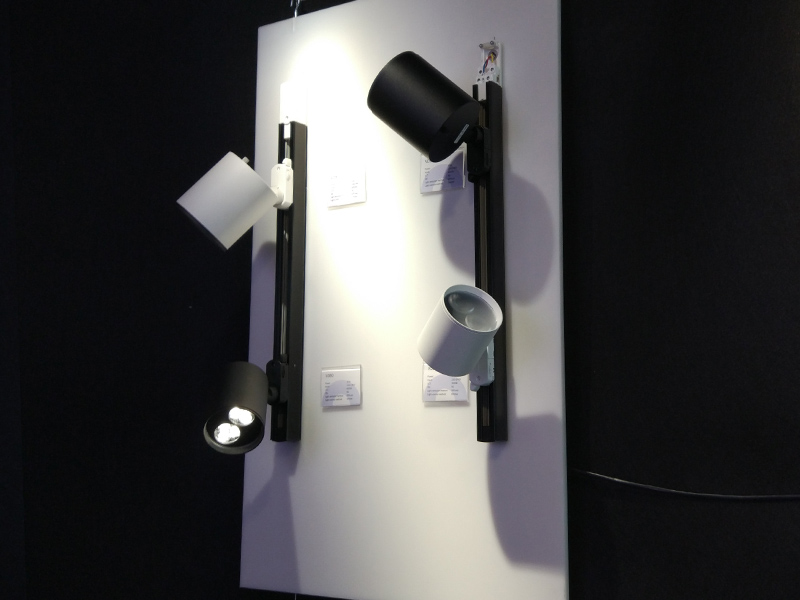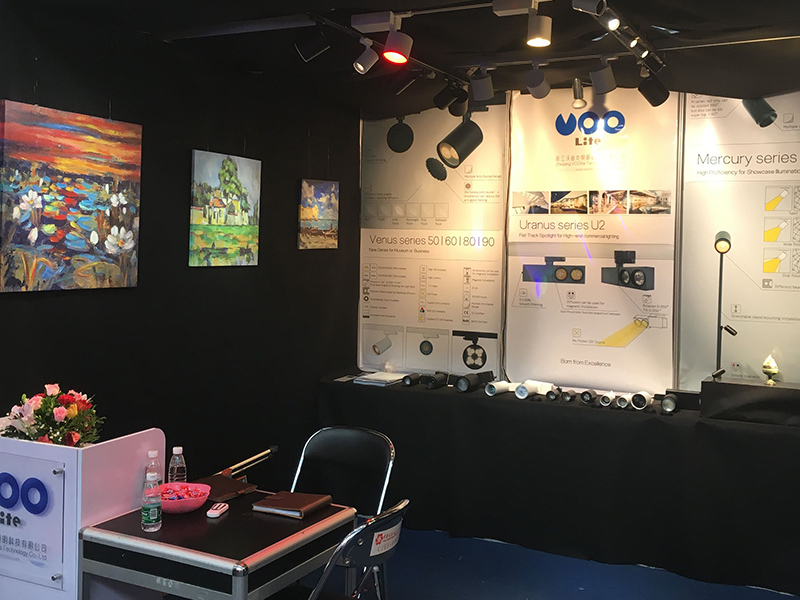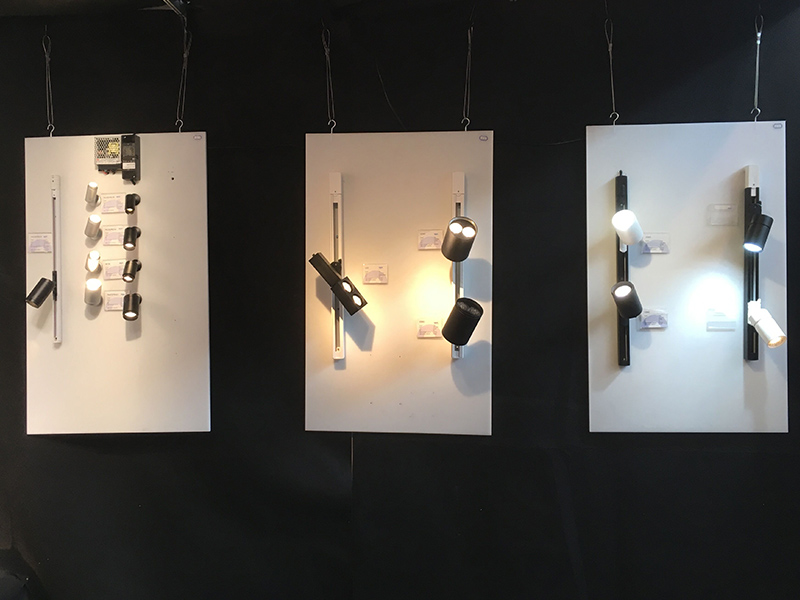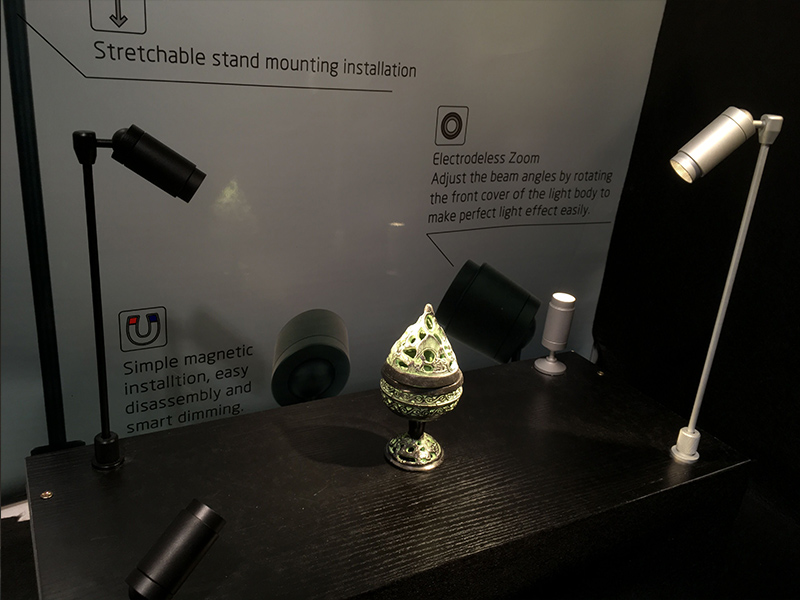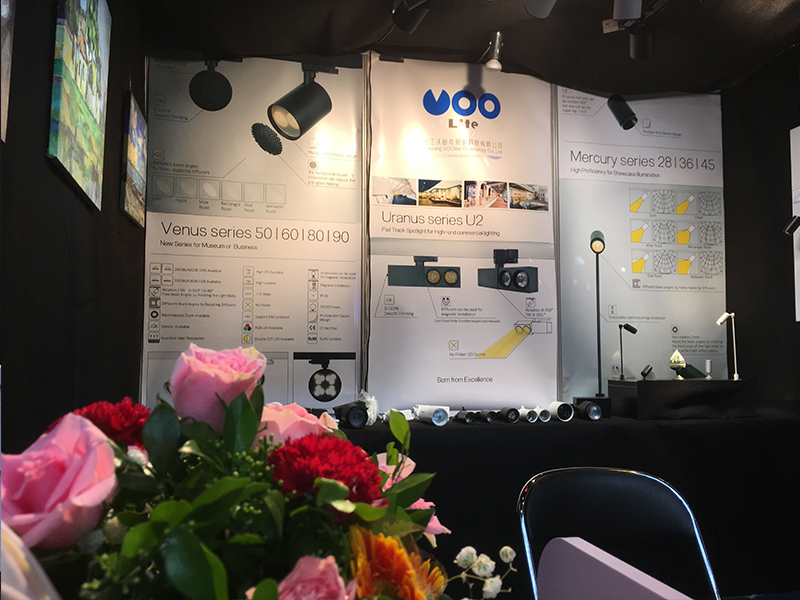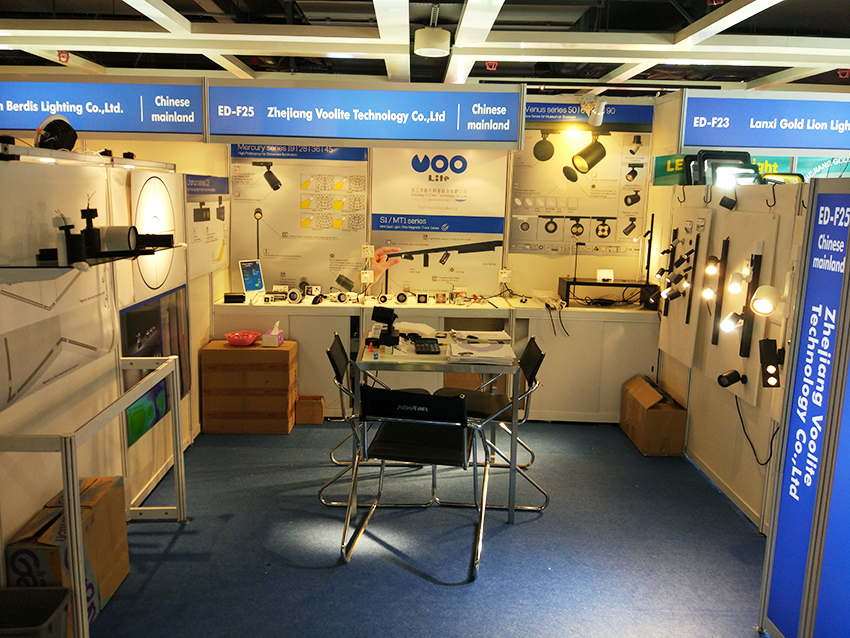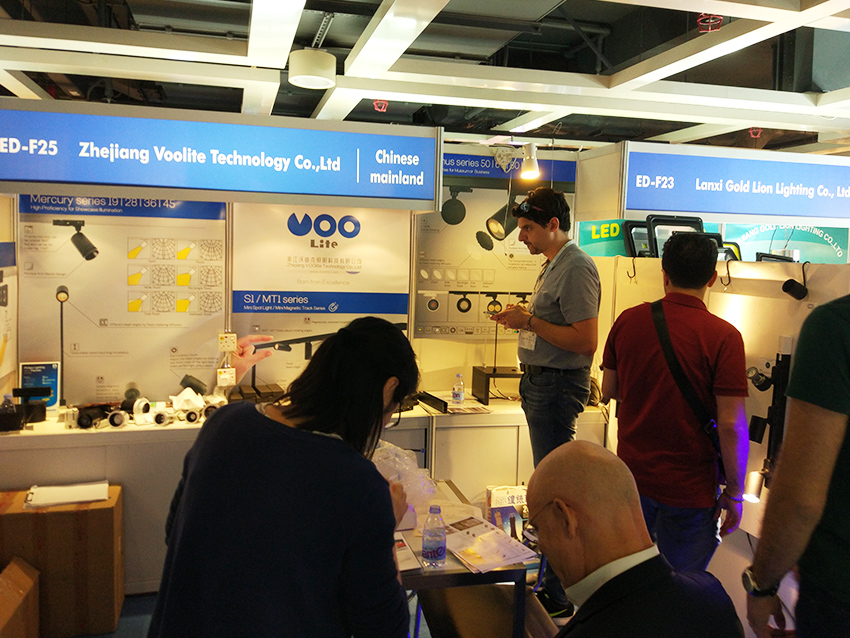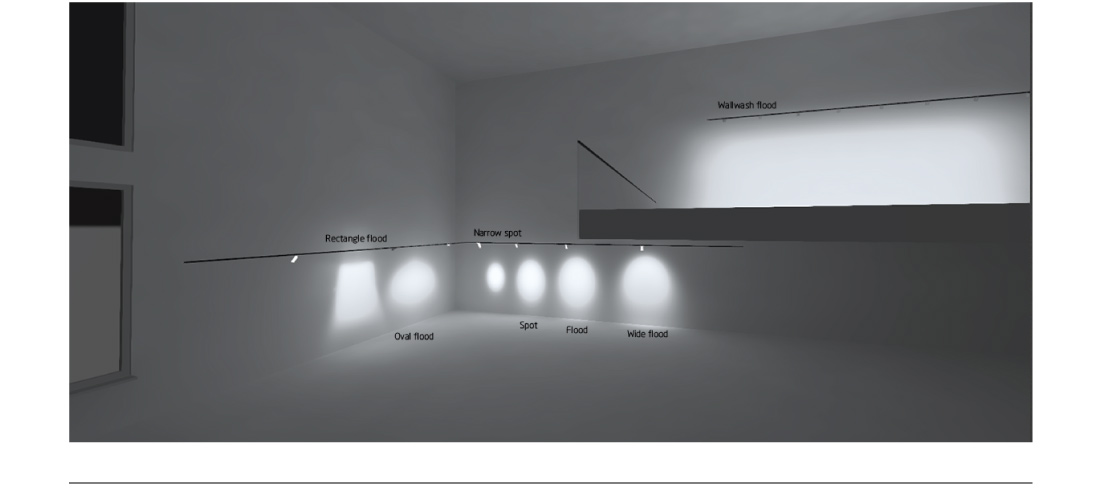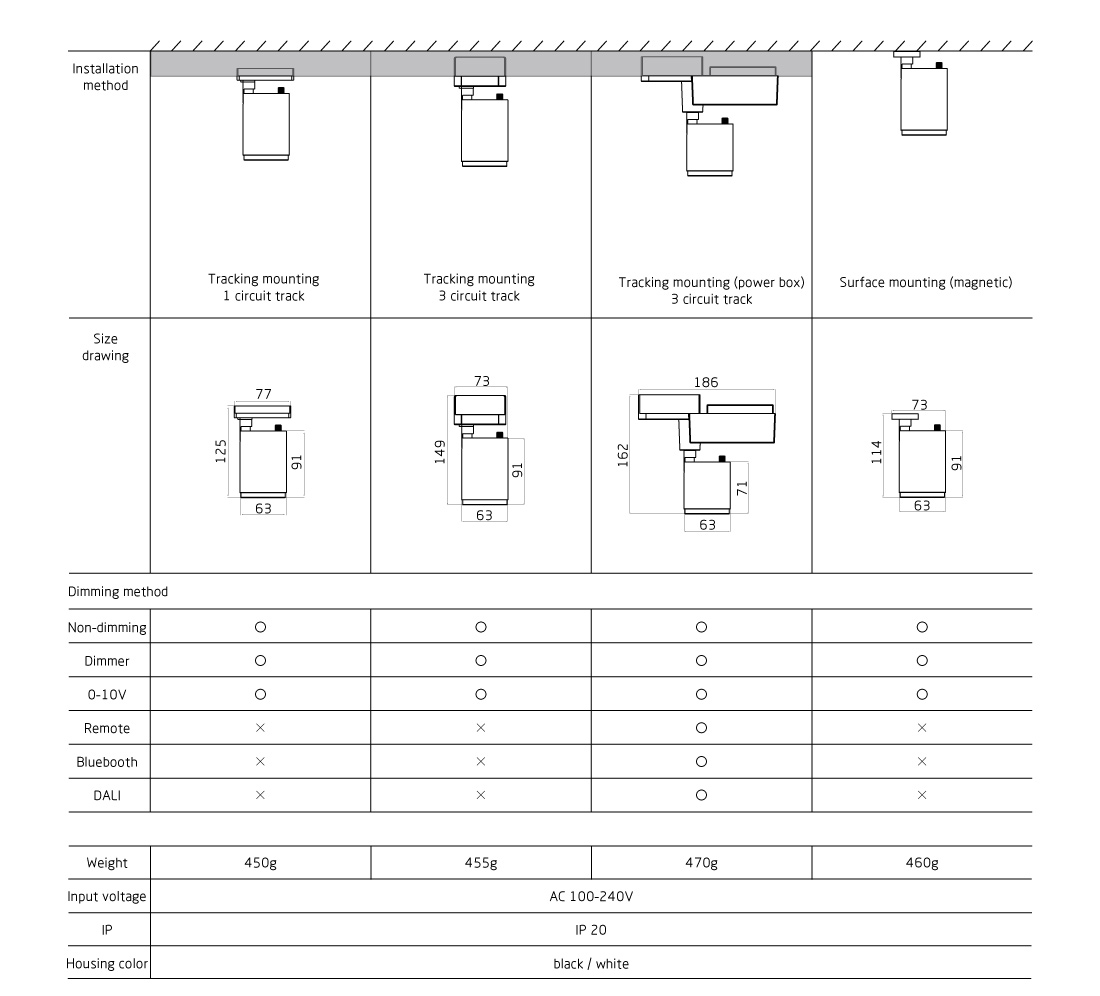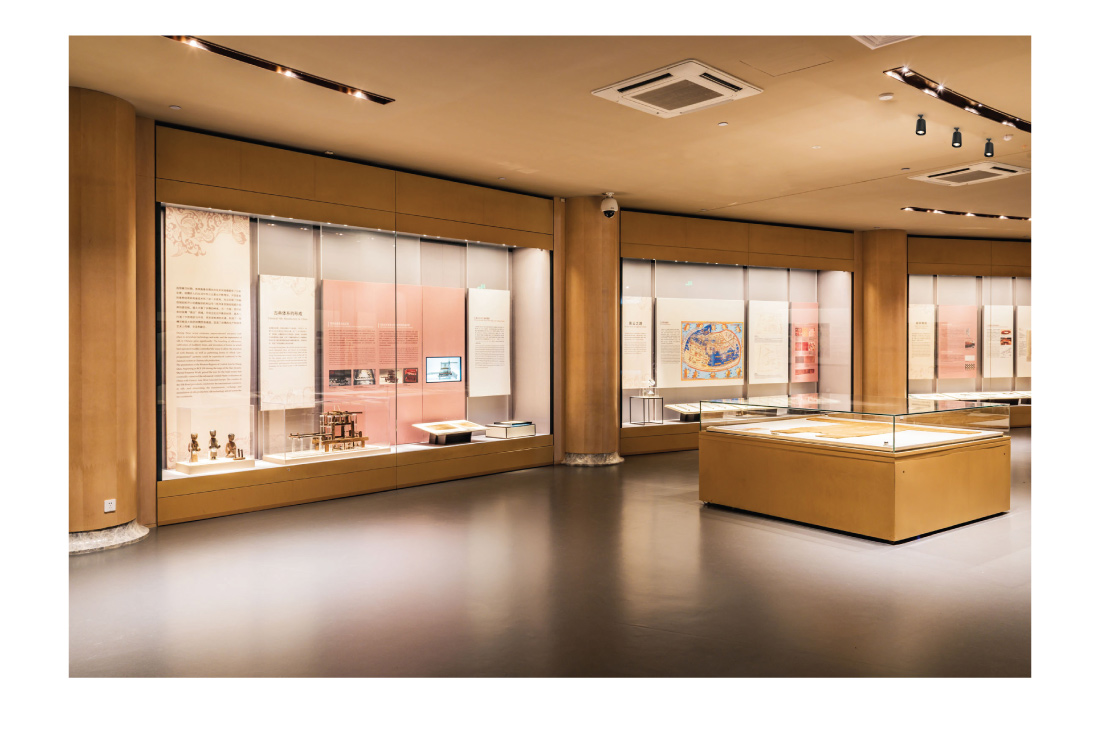欢迎使用WordPress。这是您的第一篇文章。编辑或删除它,然后开始写作吧!
世界,您好!
The National Museum of China is an ancestral temple and ancestral temple of Chinese culture, home to over 1.3 million precious cultural heritage that our ancestors left behind. On November 29, 2012, General Secretary Xi Jinping led the Standing Committee of the Political Bureau of the CPC Central Committee to visit the basic display of “Road to Renaissance” and delivered an important speech. For the first time, The Proposition of “Chinese Dream” for the Great Rejuvenation of the Nation. The “Chinese Dream” embodies the hearts and minds of the sons and daughters of the world. The National Museum of China is also the cultural living room of the country. Many foreign heads of state, heads of state and politicians come to visit each year.
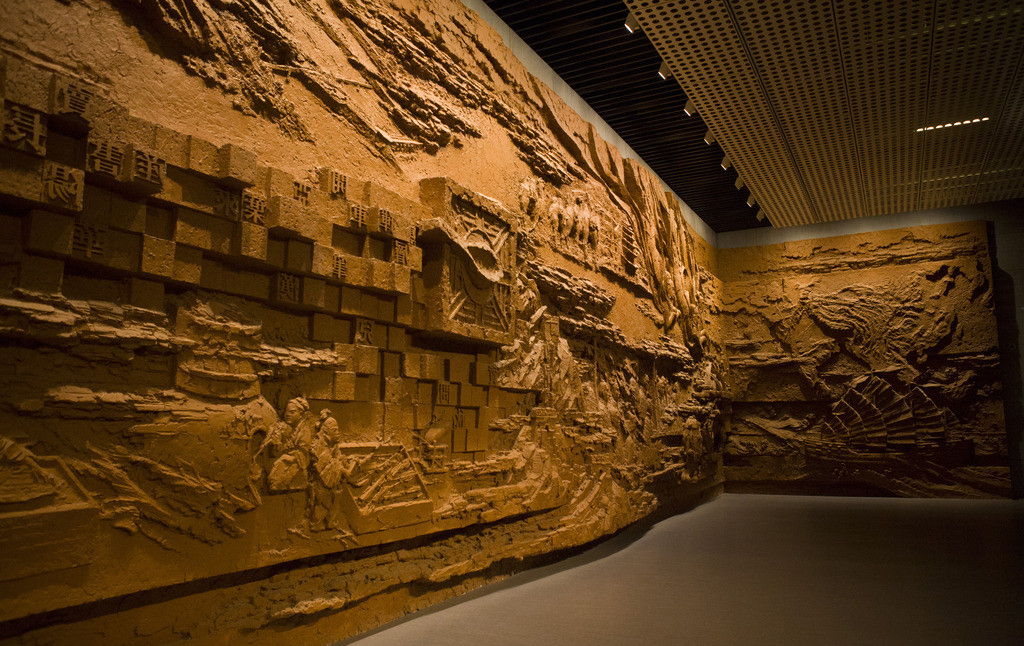
National Museum of China was established in 1912, has gone through more than 100 years of glorious history. Over the past hundred years, the National Museum of China has accumulated a profound historical and cultural heritage and has developed into a world-class museum. Here we record the 5,000-year-long cultural footprint of the Chinese nation, displaying the glorious achievements of the history, culture, arts and social development of our great motherland. It is also the spiritual homeland for the Chinese sons and daughters to inherit history and open up the future. At the same time, here is also an important window of dialogue between the Chinese civilization and the world civilization, and a magnificent palace displaying the entire human civilization.
“National Museum of China has always been to inherit and spread Chinese culture as their own responsibility, after generations of employees hustle and hard struggle, in the collection of important cultural relics protection, scientific research, exhibitions and exhibitions has made remarkable achievements in order to promote the development of China’s cultural industry, Improve people’s spiritual and cultural accomplishments, and build a common spiritual homeland for the Chinese nation. “
National Museum of China will always “persist in the path of development of socialism with Chinese characteristics, taking centenary of the establishment of a museum as a new starting point, emancipating the mind, forging ahead, enriching the content of the collection, improving the level of scientific research, improving the mode of exhibition, innovating the system and optimizing Service quality, expanding foreign exchange, accelerating the pace of construction of a world-class museum, giving better play to its role as an important window for displaying Chinese civilization, and fostering an important base role for national spirit and leading the scientific and technological development of the cultural and art industries. “
National Museum of China

National Palace Museum collections of Chinese essence essence, vast and rich, guarding the cultural history of mankind, art history gems. In May 2016, President Lin Zhengyi (1959-) appointed our current president. By the end of 2016, the National Palace Museum has entered its 91th anniversary and is one of the world's four major museums. At the beginning of his term of office, Dean Lin Zhengyi put forward the vision of "cultivating the land deeply and marching toward the world", emphasizing the public character, diversity, professionalism, local character and international character of the Forbidden City. The so-called "public" refers to the transformation of the Forbidden City to modernize and popularize the museum. Public works include policies, exhibitions, collections, research interpretation, and curatorial ideas to promote publicity, promote participation of all sectors of society, provide public participation and creation As a world-class museum, will promote the role of the government in boosting the country's economic development. It will spearhead the development of tourism that encompasses sightseeing, cultural and creative, science and technology, Social welfare and other social public utilities, and the standard-bearer of the national image so that the diverse connotation of the Forbidden City highlights Taiwan's multicultural system. The so-called "specialization" is to return to the core and existence value of the museum. The court will focus on the function and value of the museum's publicity, education and aesthetics. It will also actively integrate the resources of museums at all levels and around the country to expand the museum community Collective action force. "Internationalization" will be based on world outlook and cultural mission. It will be promoted through various international exchanges in order to maintain its international competitiveness and to create a world-class Forbidden City with the national cultural connotation and image of the Forbidden City brand. "Localization" in pursuit of a new link between this court and the people in Taiwan will set off from Taiwan's subjectivity the new local significance and cultural context of the Forbidden City cultural relics, and bring the people and the Forbidden City closer together in society, education, life and recreation The connection between the Forbidden City to promote re-understanding of the Forbidden City, support and identity.
Taipei Museum

Nanjing Museum is located in the southern foot of Zijin Mountain in Nanjing City, north of Zhongshan Gate, covering an area of 70,000 square meters. It is the first large-scale integrated museum invested by our country. Was named "national advanced unit of public cultural facilities management," "national museum", "central place to build national museum", "national patriotism education demonstration base."
First, the evolution of the system
At the suggestion of Mr. Cai Yuanpei, a modern democratic revolutionary and educator in our country, in 1933, the National Government created the Preparatory Office of the National Central Museum. Mr. Cai Yuanpei was personally the chairman of the first council. Li Ji and Hang Livu successively took over the work of the Preparatory Office. After the founding of People's Republic of China, is still the name of the National Museum of the Central Committee, under the leadership of the Ministry of Culture; March 1950 changed its name to the National Museum of Nanjing, the Ministry of Cultural Affairs Bureau of Cultural Relics, later under the East China Administrative Commission of the Ministry of Culture; 1954, In 1959, Nanjing Museum, Jiangsu Provincial Museum, Jiangsu Provincial Cultural Relics Management Commission office, still named Nanjing Museum. Since the founding of the hospital, the past president of Xu Pingyu, Zeng Zhaoyuan, Yao Qian, Liang Baiquan, Xu Huping, Gong Liang.
Nanjing Museum
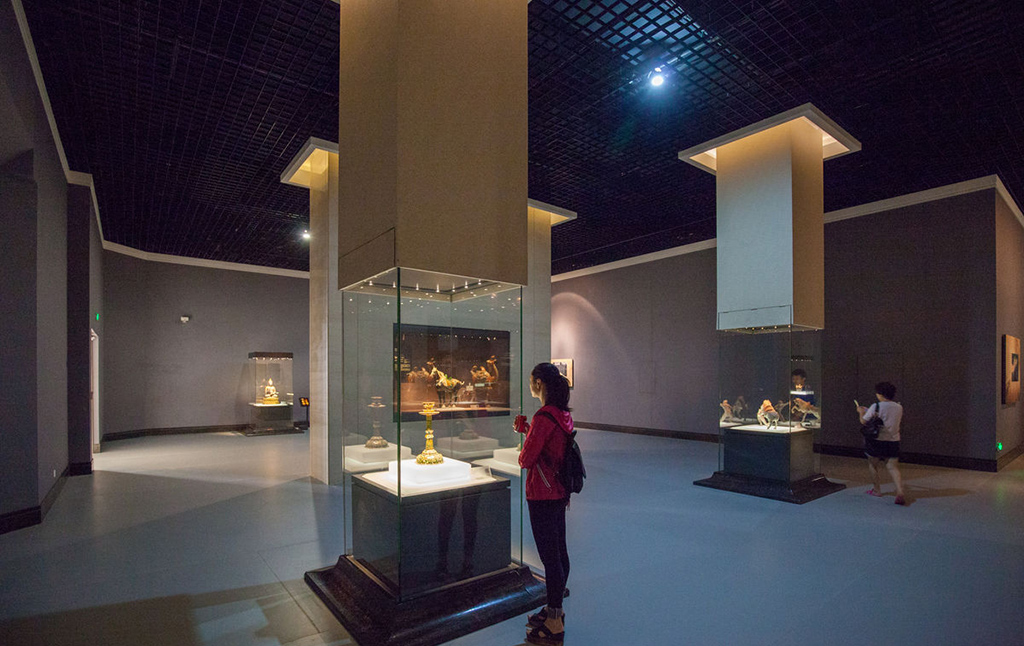
Founded in 1958, Luoyang Museum is located in the northwestern corner of Lifang District in the Sui and Tang Dynasties, with Luopu Park in the north and Botanical Garden in the south with beautiful environment and convenient transportation. It is Luoyang's cultural landmark. Luoyang Museum covers an area of 300 mu, building area of 62,000 square meters, of which 42,000 square meters of ground area, underground 20,000 square meters, a total investment of 350 million yuan. Now a national museum, Henan Province, outstanding patriotic education base. Is a collection of cultural relics, scientific research, exhibitions, social education and cultural exchange functions as one integrated museum.
Luoyang Museum
2018 VOOlite Catalogue
2018 VOOlite Catalogue
2019 VOOlite Catalogue
2019 VOOlite Catalogue








